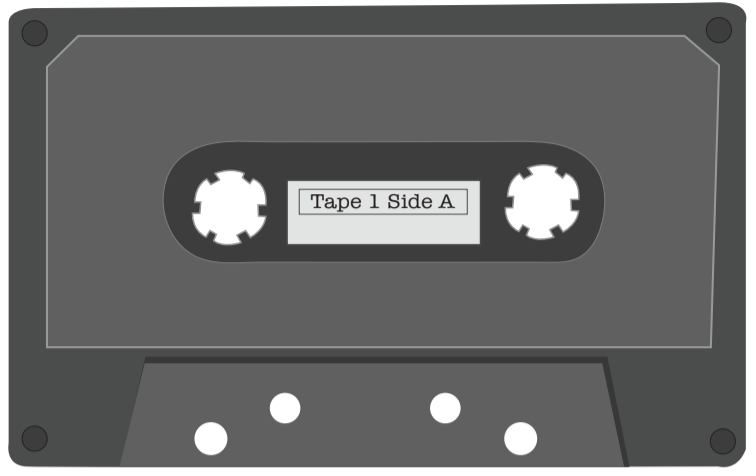At the end of the summer, Netflix released the third season of its original show, “13 Reasons Why,” based on a young adult novel of the same name, which tells the story of Hannah Baker and the 13 reasons why she thinks she should kill herself.
When the first season, which debuted in 2017, concluded with a graphic depiction of Hannah committing suicide, mental health professionals involved in suicide prevention criticized the show.
Greg Nicholls, Ph.D., director of Counseling and Psychological Services, agreed with the criticism that it was a mistake to show that scene.
“The method of suicide should not be made evident in such a TV show that so many young people are watching,” Nicholls said. “Vulnerable teenagers may be prone to mimic or copy that method.”
In fact, there was a nearly 30% increase in suicides among young Americans aged 10-17 in the month following the show’s debut, according to a study published earlier this year in the Journal of the American Academy of Child and Adolescent Psychiatry.
The outcry prompted the show’s producers to recreate the final scene and make it less graphic.
Caroline Vita ’21 read the book in eighth grade and then watched the show when it came out. She said she was shocked by how graphic the show was and worried viewers would think Baker’s suicide was okay because they had seen it on TV.
“I was in high school when the first season came out, and we had an incident at my school after the show came out because of that,” Vita said. “I think that was a good move taking it out for younger people wanting to watch it.”
Victor Schwartz, M.D., chief medical officer at The Jed Foundation, a nonprofit organization dedicated to suicide prevention, said the producers made the right call to change the scene.
“We would have preferred that the scene not appear in the original version of the show, but are pleased that the producers made this change, even if after the fact, since some viewers might go back to the earlier seasons and watch or rewatch,” Schwartz said in an email to The Hawk.
The second season, released in 2018, opens with the show’s actors talking to the viewers about the importance of getting help if they need it. The show also has a companion website which offers phone numbers to call or text in case of an emergency.
Lesley Reyes ’22, who watched the first season of the show, said she never visited the website but the show prompted her to do her own research on mental health.
“My sister struggles with depression, and she’s only 12,” Reyes said.
The third season of the show starts with an introductory video as well. As with the second season, the storyline is no longer about Baker’s suicide but addresses other topics like rape, drug addiction, school shootings and immigration.
Vita said she thinks the introductory messages from the cast offer a consistent message for viewers.
“I think they are trying to continue the message, like if you need help, make sure you get it,” Vita said.
If you or someone you know may be at risk of suicide, call CAPS (610-660-1090), Student Outreach and Support (610-660-1149) or the National Suicide Prevention Lifeline (1-800-273-8255).














































